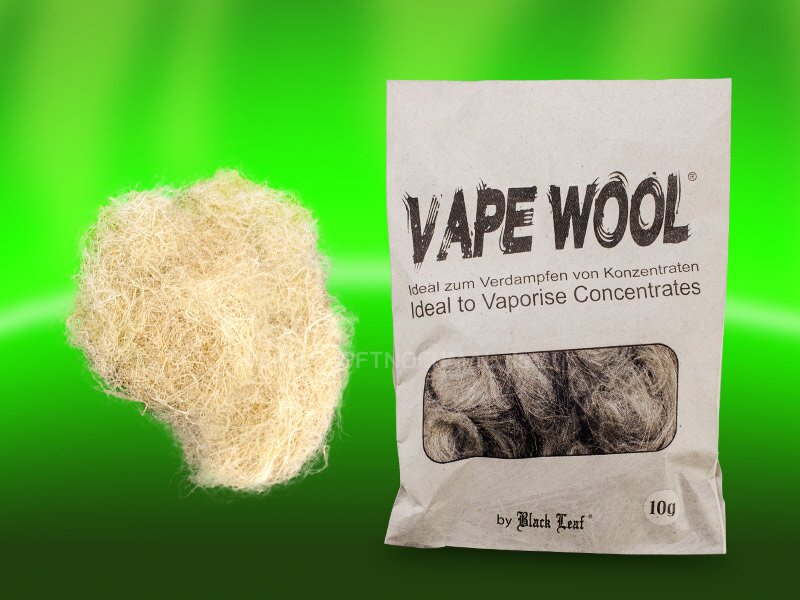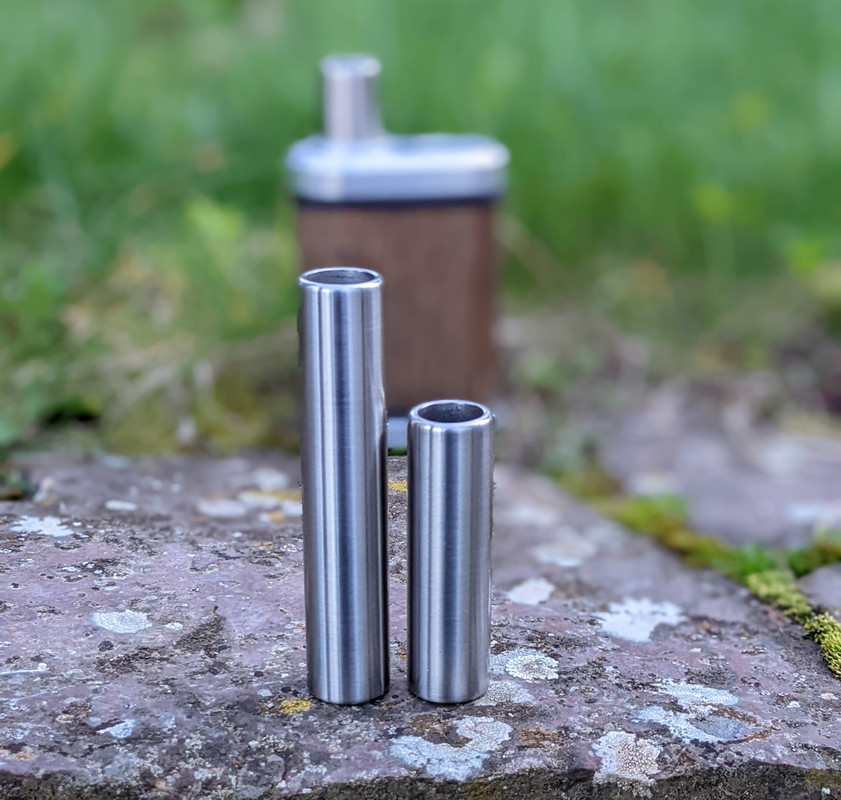So let me ask this: the slightly loosening of the screw and tightening it again to fix temporary power loss - would this address the contact point under he top plate, either moved or oxidized, or the potential shrinking of the wood due to operation? Or perhaps both? Hmmm.
I think the oxidation on the contact point is the issue but it’s plausible both, contact point movement and wood shrinkage for lack of a better term, are at play here. Assuming the screw is tight as possible nothing should be moving inside (except the button of course and the haptic motor). It’s possible over time however inserting and removing stems may loosen the screw ever so slightly thereby minimizing the contact point. I however think this is rare and it is oxidation of some sort. Wood may shrink, heck even burn, under high temps but I think there’s enough insulation and protection within the TM for this to happen.
It’s an age-old debate/discussion and I’m curious to the root-cause (which I deal with daily for work in software development). I’ve shimmed my top contact yet still have had to loosen the screw and tighten it a few time to restore power a few times. I’ve also disassembled my TM several times and I don’t think the he wood has shrunk or appears different under the contact point. If anything loosening & retightening the screw would more closely address movement of the contact point and perhaps oxidation of it by resetting the position of it after retightening.
Now what did I just babble clear-headed and not under the influence?

Woke up and had to opine a bit on this interesting and pervasive topic. Weekend regards to all.


 Woke up and had to opine a bit on this interesting and pervasive topic. Weekend regards to all.
Woke up and had to opine a bit on this interesting and pervasive topic. Weekend regards to all.








